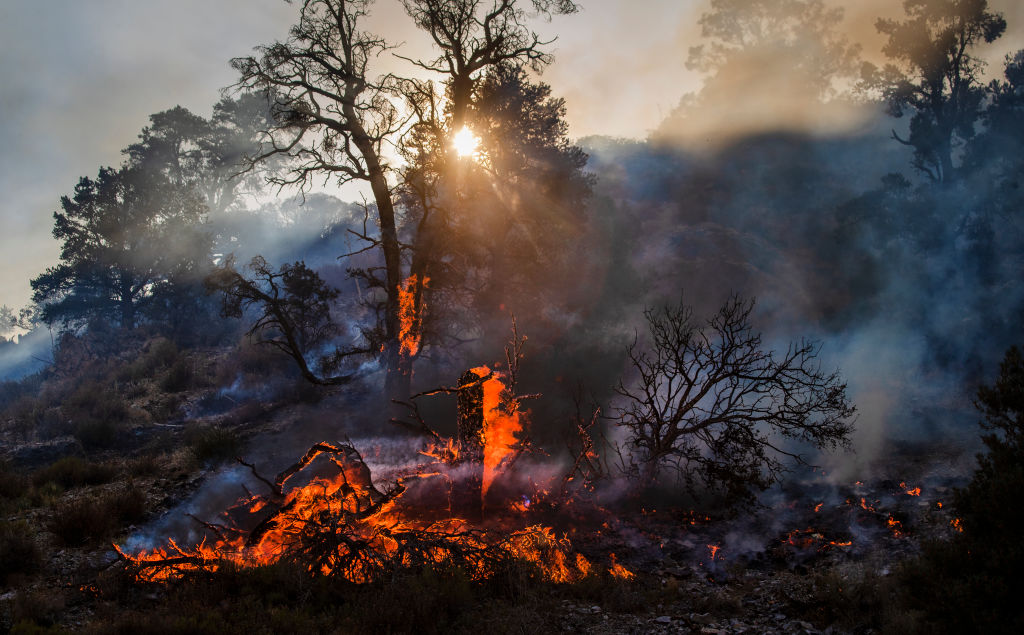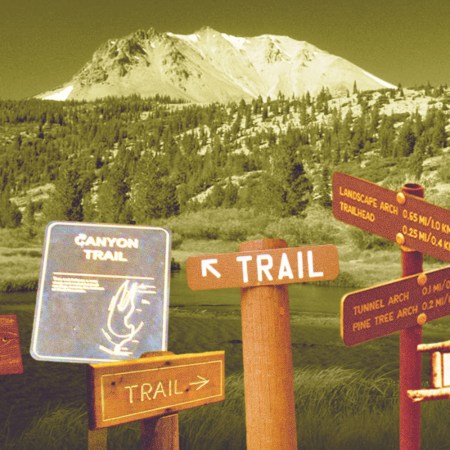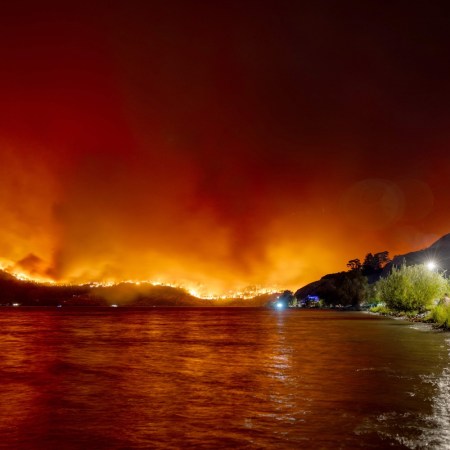In late 2020, the Bobcat Fire devastated the landscape around Los Angeles. Among the more than 100,000 acres affected by the fire were several parks and areas popular with the outdoors-minded, including Devil’s Punchbowl Nature Center. After a year and a half, Devil’s Punchbowl recently reopened to the public. Visiting the park’s website, there’s a notice directed at people planning to visit: “we encourage anyone visiting to be mindful of new growth and stay on the trails.”
To get a better sense of what it’s like to hike the trails that were most affected by the fire, Paul Thornton of the Los Angeles Times ventured to the San Gabriel and San Bernardino mountains. His account of making his way through these mountains in the wake of the wildfire makes for gripping reading — and offers a visceral look at the damage such fires can do.
“I know burns are often beneficial to forests, but what came through much of the trail I hiked two weeks ago, high in the San Gabriels off Angeles Crest Highway, was cataclysmic,” Thornton writes.
He goes on to describe the state of a once-thriving forest as “burned trunks that from a distance looked like blackened toothpicks.” His findings weren’t completely bleak — he did see other regions that seemed largely unaffected. And, as he observes, forests do burn and grow back — that’s part of their life cycle. What’s less guaranteed is whether or not they’ll grow back exactly as they were before.
Thornton’s observations are unsettling for anyone who savors time in nature. And with wildfires happening with some frequency, it seems all too likely that the phenomenon he’s seen will recur elsewhere.
Thanks for reading InsideHook. Sign up for our daily newsletter and be in the know.


















